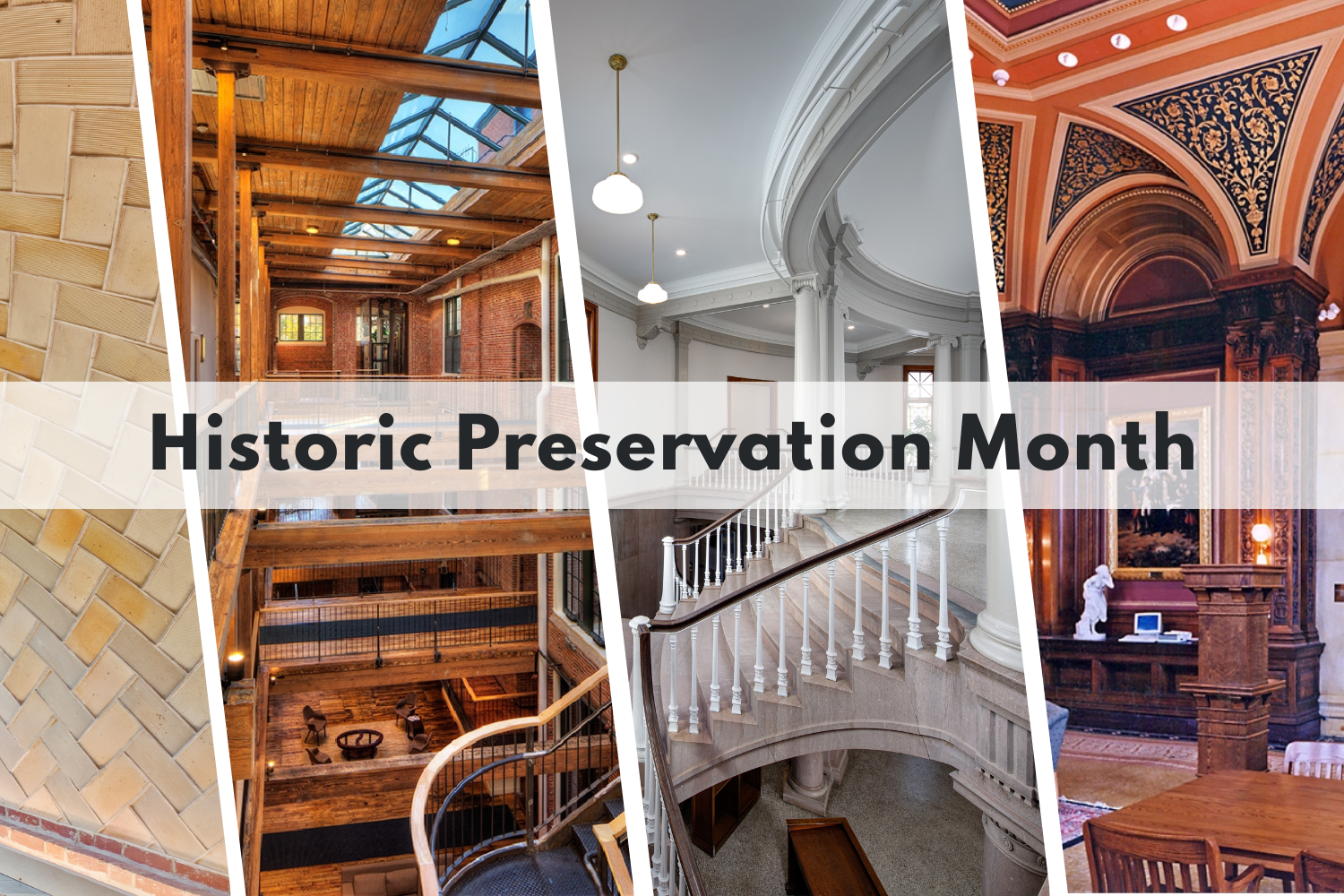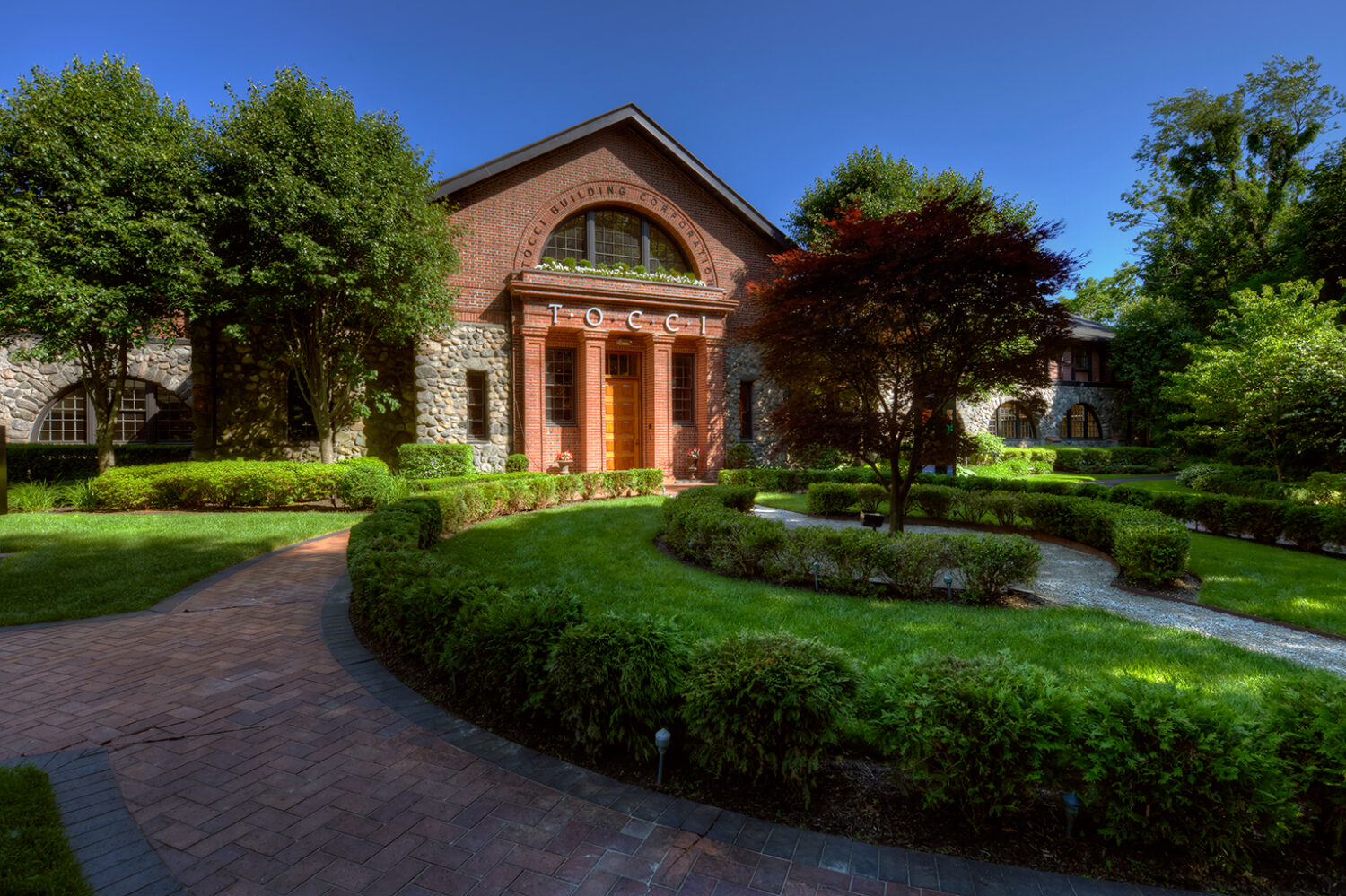Reviving History, Revitalizing Profits: The Power of Historic Tax Credits for Developers
Share

Harnessing Historic Tax Credits for Commercial Real Estate Development
Jackie De Shannon once said “What the world needs now.. Is love sweet love… It’s the only thing that there’s just too little of…”
Well, I think we can all agree that we could also use a little hard cost relief so that the pro-forma of developers can become appealing enough to investors and financiers to be worth their rate of return, but that’s a bit more difficult, and certainly not as catchy.
Fortunately, there is something that can do exactly that. It’s Historic Tax Credits or HTC’s to be slick. For nearly 50 years the Federal Government has been offering some form of tax credits for Historic Buildings that are restored by developers. The US Government recognized that HTC’s represent a unique method to incentivize private developers towards saving antique architecture.
But how do HTCs really work and how can they benefit your project? Let’s break down the current process.
The Developer team typically commences with Federal Approvals (States, if applicable, can follow in a separate application) for Tax Credit:
Part 1: Meeting the criteria.
1. Deemed Historic: The building must be placed on the National Trust of Historic Places. To reach such a status, the building must meet the following criteria:
- Be at least 50 years old. OR (but the more the better)
- Be associated with a historic event, person, and/or a representative example of a historic era (architecturally or historically).
2. Income producing: Once confirmed as “Historic” by meeting the standards in #1 – the building must be utilized as an “income producing property”. Meaning that it can’t be a condominium or a single family home, etc. It needs to be a place of business (commercial purposes with tenant leases), retail (again with leases), or Multi-Family Residential (think Courthouse Lofts, The Graphic , Abbot Mill Apartments, Monarch Lofts).
The Historic Consultant will submit their “Part 1” application for consideration, which confirms the above elements are met.
Part 2: Construction + Design Documentation:
With part one complete, enter part two (ahh… you saw that coming, I bet). The NPS (National Park Service) who will review Construction and Design Documents, and determine if it meets their level of scrutiny for preservation (pro tip: windows are a particularly sensitive element).
Part 3: Construction:
Once Part two has been approved, the project can enter its typical construction phase. Once complete and “put into service” (this is the exact phrase always used to describe) the tax credits are applied.
What do developers get in return?
Construction hard costs including: demolition, concrete footings +sidewalks, ornamental metals, stairs, restored windows and floors, new windows and doors, the drywall and wood or metal framed walls, electrical, mechanical, plumbing, sprinklers typically represent 80-85% of the costs of development and the federal government will give you a whopping 20% tax credit on all of those costs. Some states, including Massachusetts, offer a similar program. Although Massachusetts offers up 20% realistically, you’ll likely to receive around 12%-15% So now, if you’re building in Massachusetts, you’re gathering closer to 35% in HTC’s.
But don’t go spending that money, yet. Because typically developers don’t have a tax base that requires them to the entire amount. You need to “sell the tax credit.” which means that it’s only worth the full amount to the end user. Generally, developers will get roughly 75-80% dispersed incrementally over a 5 year period.
Historic Tax Credits (HTCs) offer a tangible solution, providing developers with a pathway to financial viability while preserving architectural heritage. With TOCCI’s expertise in these renovations, we stand ready to navigate the complexities and deliver results that speak for themselves.


